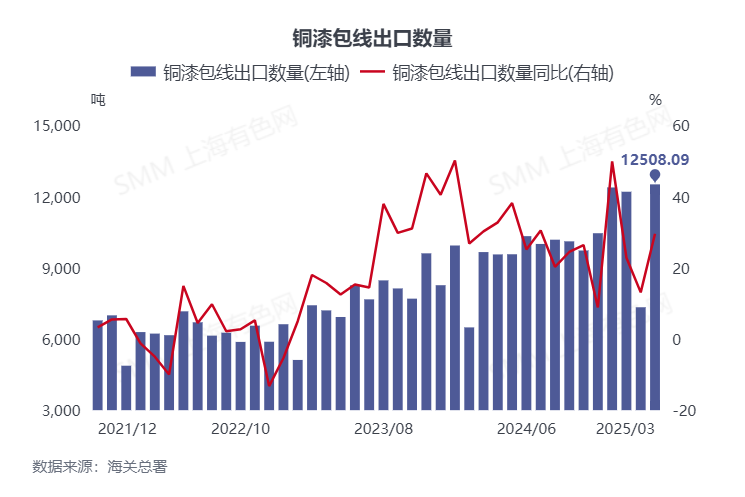Car sales in the local market grew in low single-digits in the fiscal that ended on 31 March. Compared to last year, on a high base and amid slowing demand in the local market.As per data released by industry body Society of Indian Automobile Manufacturers (SIAM), as many as 4,301,848 cars, sedans and utility vehicles were sold last fiscal, which is an increase of 2% over 4,218,750 units sold the previous financial year.
Promotional offers and discounts helped support demand last fiscal, when sales growth rate more than halved from 8.4% registered in FY24. In absolute volumes, though, automakers in India reported record sales in the segment for the third consecutive year.

Passenger vehicle sales were driven by continued demand for utility vehicles, which comprised 65% of all cars sold in the country, up from 60% in FY24.Sales of scooters, motorcycles and mopeds in the year under review grew by 9.1% to 19,607,332 units due to improved rural demand and resurgence in consumer confidence.
Growth in the segment was led by scooters which saw sales surge by 17.4% (vs 55 in motorcycles) on back of better connectivity in rural and semi-urban areas. Three-wheeler sales too went up by 6.
7% to 741,420 units last fiscal driven by demand for last mile mobility solutions. Meanwhile, dispatches of commercial vehicles fell by 1.2% to 956,671 units.
“Though the overall trucks segment has witnessed a slight de-growth, but the requirement of freight movement has been suitably served with fleets migrating towards higher GVW vehicles. The expanding highways and expressway network is playing a crucial role in reducing logistics costs, enhancing regional connectivity which is auguring well with the performance of this segment”, SIAM said. Infrastructure development helped in driving sales of buses for inter-city travels last fiscal.
Focus on mass-mobility in intra-city routes also helped drive demand in this segment.“The Indian automobile industry continued its steady performance in FY2024–25, driven by healthy demand, infrastructure investments, supportive Government policies, and continued emphasis on sustainable mobility”, Shailesh Chandra, President, SIAM said, adding, “Passenger vehicles and three-wheelers witnessed a moderate growth on account of high base effect, but saw the highest ever sales in these categories, while the two-wheeler segment registered strong growth in FY2024-25.” Though sales of commercial vehicle fell last fiscal, Chandra said there has been some improvement in demand in the segment the last few months.
All segments of the industry are expected to continue with the growth momentum in FY 2025–26, on back of stable macroeconomic conditions, proactive government policies, and Infrastructure spending by the Government. Chandra informed, “Looking ahead, the backdrop of stable policy environment, along with recent measures such as reforms in personal income tax and RBI’s rate cuts, will help in supporting consumer confidence and demand across segments.”A normal monsoon, as currently forecasted for 2025, is expected to support broader economic activity, especially in rural and semi-urban regions, which would be a tailwind for auto sector demand.
The sector is also expected to benefit from the reforms in the personal income tax announced in the recent Union Budget of 2025-26, which has been followed by two back-to-back rate cuts by RBI. These measures would help in creating demand by increased accessibility of vehicle financing, SIAM said.Meanwhile, policy interventions of Government of India including Electric Mobility Promotion Scheme (EMPS), the PM E DRIVE and PM e-Sewa schemes, coupled with EV launches by several manufacturers has provided the necessary momentum for the adoption of electric vehicles in the country, SIAM said.
As per vehicle registration data collated by SIAM from the VAHAN portal of the Ministry of Road, Transport & Highways (MoRTH), total EV registrations in the country reached 1.97 million units – a growth of 16.9% over 1.
68 million units in FY24. Electric car registrations crossed 1 lakh units in FY 2024-25 registering a growth of 18.2% as compared to previous year.
Registration of electric two-wheelers grew by 21.2% to 11.5 lakh units in FY25.
Last fiscal, exports recovered across segments, particularly in passenger vehicles and two-wheelers segment reflecting improved global demand and India's growing competitiveness in manufacturing vehicles. Export demand in key markets of interest, such as Africa and neighbouring countries, is likely to continue as ‘Made in India’ vehicles are gaining tractionOverall, SIAM said the automobile Industry will closely monitor macroeconomic factors and global geopolitics, which will determine the key demand conditions, and supply chain dynamics going forward.Last month, sales of passenger vehicles rose by 3.
6% to 381,358 units. Two-wheeler sales grew 11.4% to 1,656,939 units, those of three-wheelers by 10.
5% to 62,813 units..
Business

Auto sales hit record highs for third year despite slowing growth, SIAM data shows

Indian auto sales saw modest growth in fiscal year 2024-25, with passenger vehicle sales up 2% driven by utility vehicles. Two-wheeler sales surged by 9.1% due to rural demand, while three-wheelers also rose. Commercial vehicles experienced a slight decline. SIAM anticipates continued growth across segments in FY26, supported by stable policies, infrastructure spending, and a predicted normal monsoon.















